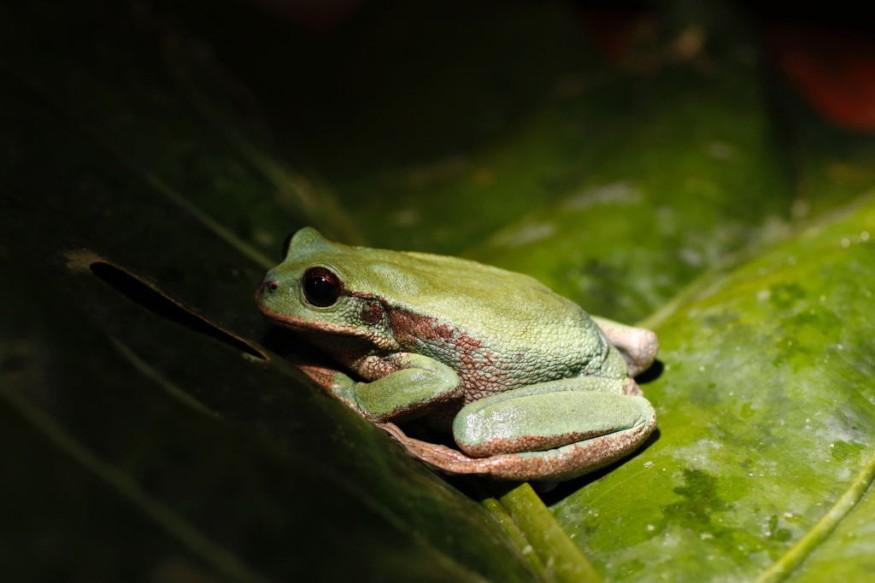
A new study shows that 41% of amphibian species are threatened with extinction as harmful human activities and climate change continue.
The status of amphibians is deteriorating globally, according to a report published Wednesday in the scientific journal Nature illustrating the findings of the second Global Amphibian Assessment (GAA2), particularly in the Neotropics, one of six major biogeographic areas of the world that extends south from the Mexican desert into South America as far as the subantarctic zone.
The situation of the world's amphibians is worse currently than it was in 2004, when 39% of species were threatened.
Most Threatened Animal
More than 1,000 conservationists and experts collaborated to assess 8,011 amphibian species-vertebrates that live in both aquatic and terrestrial habitats-on the International Union for Conservation of Nature's (IUCN) Red List of Threatened Species.
Amphibians are classified into three groups: salamanders and newts (60% are threatened with extinction), frogs and toads (39%), and limbless and serpentine caecilians (16%).
According to the new findings, up to 222 amphibians may be gone.
"Amphibians are the world's most threatened animals," said Duke University's Junjie Yao, a frog researcher. "Their unique biology and permeable skin make them very sensitive to environmental changes."
Four amphibian species have gone extinct since 2004, according to the researchers: an Australian frog, a Guatemalan frog, a Guatemalan salamander, and a Costa Rican toad. In addition, 185 species were designated as "possibly extinct," with no known surviving population.
The Caribbean islands, Mexico and Central America, the tropical Andes region, India, Sri Lanka, Cameroon, Nigeria, and Madagascar have the highest concentrations of threatened amphibians.
Human Activities and Climate Change
Human activity and climate change have thrown off our planet's delicate equilibrium, harming its biodiversity and vegetation.
The most prevalent concern remained habitat destruction and degradation, which was mostly caused by animal agriculture and crops, affecting 93% of the vulnerable amphibian species.
However, the researchers discovered that illness and climate change were threatening an increasing number of species.
Amphibians are particularly vulnerable. They have distinct life stages that frequently necessitate separate habitats; thus, changes in either aquatic or terrestrial conditions might disrupt them.
They are additionally vulnerable due to their sensitive skin.
Because most amphibians receive oxygen via their skin, they lack scales, feathers, and fur to defend themselves. Chemical pollution, bacteria, and fungal infections affect them swiftly, as can increased temperature and moisture changes caused by climate change.
"So the effects of climate change - increased frequency and intensity of extreme weather events, changes in moisture and temperature, sea-level rise and fires - can result in the loss of key breeding sites, increased mortality, habitat degradation, and habitat shifts that make it harder for amphibians to find suitable places to live," wild conservationist and study co-author Kelsey Neam said.
Amphibians perform a critical function in lowering the number of insects that harm crops and spread disease.
Because they are extremely sensitive to environmental changes, they are frequently excellent markers of ecosystem health. When frogs and other amphibians are in peril, it signals that the entire ecosystem is in jeopardy.
Frogs are also keystone species, meaning they help to keep the environment together. They serve as both predators and prey in the food chain.
They are excellent pest controllers since they prey on insects like mosquitoes and flies. They, in turn, offer food for larger animals such as birds and reptiles.
Related Video:
© 2025 NatureWorldNews.com All rights reserved. Do not reproduce without permission.





